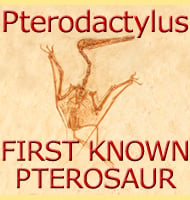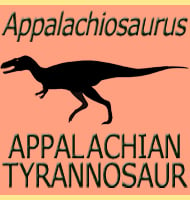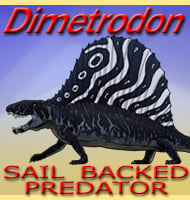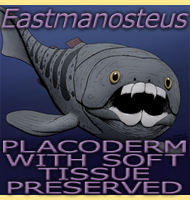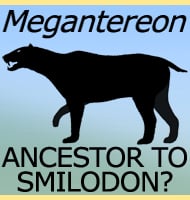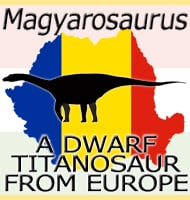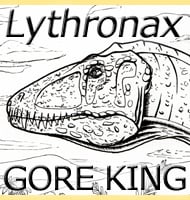In Depth
There is much on-going uncertainty about exactly what kind of creatures Banffia actually were, and differing opinions place them either within the Arthropoda, Vetulicolia or Urochordata. At up to ten centimetres long, Banffia were quite large when compared to many of the creatures of the Burgess Shale. The body is very interesting because in life it would have been twisted in a clockwise spiral. The body can be equally divided into anterior (front) and posterior (rear) sections, the posterior section is also segmented. There are no gills, and an endostyle is also lacking, and aside from what appear to be some antennae, there are no appendages. It is the lack of these diagnostic features which makes it difficult to be certain as to exactly what Banffia were.
Possible close relatives of Banffia were Skeemella.
Further Reading
- Banffia constricta, a putative vetulicolid from the Middle Cambrian Burgess Shale, J. B. Caron - 2007.

